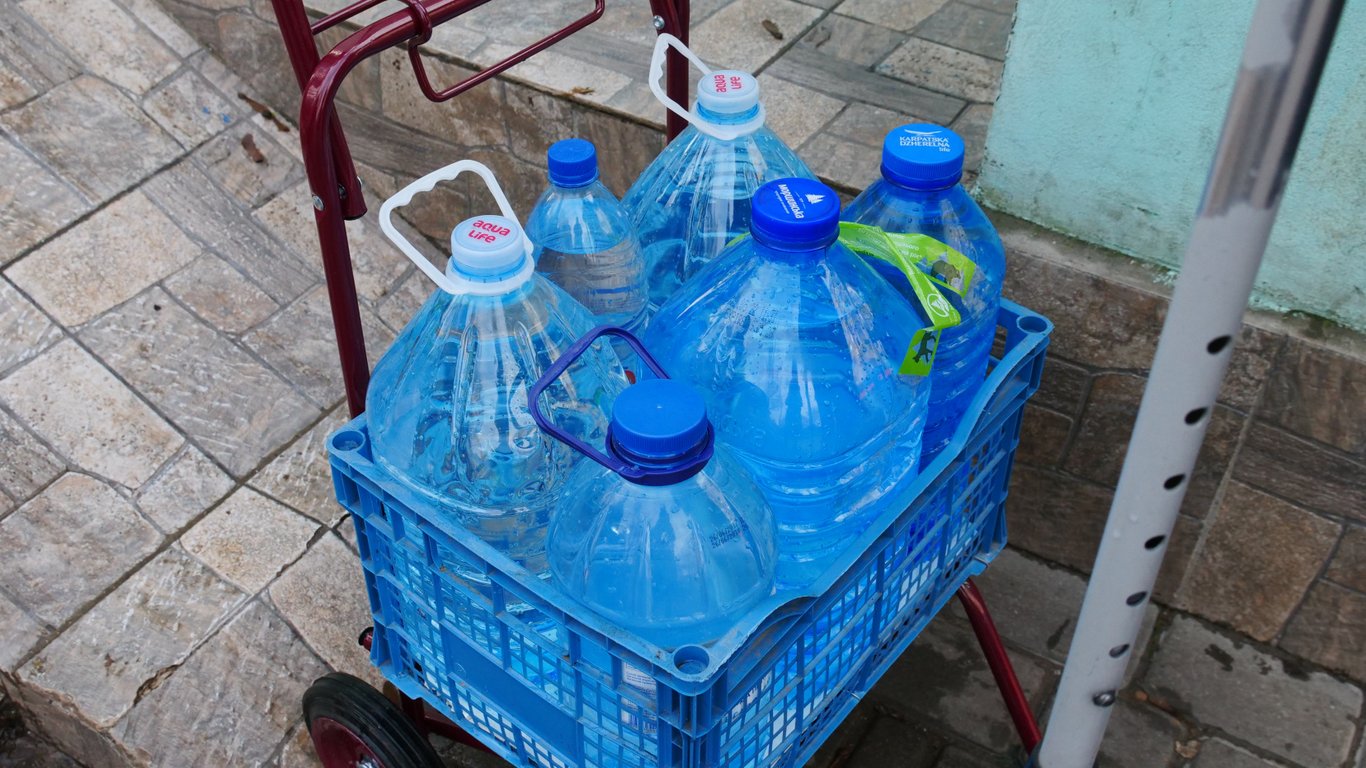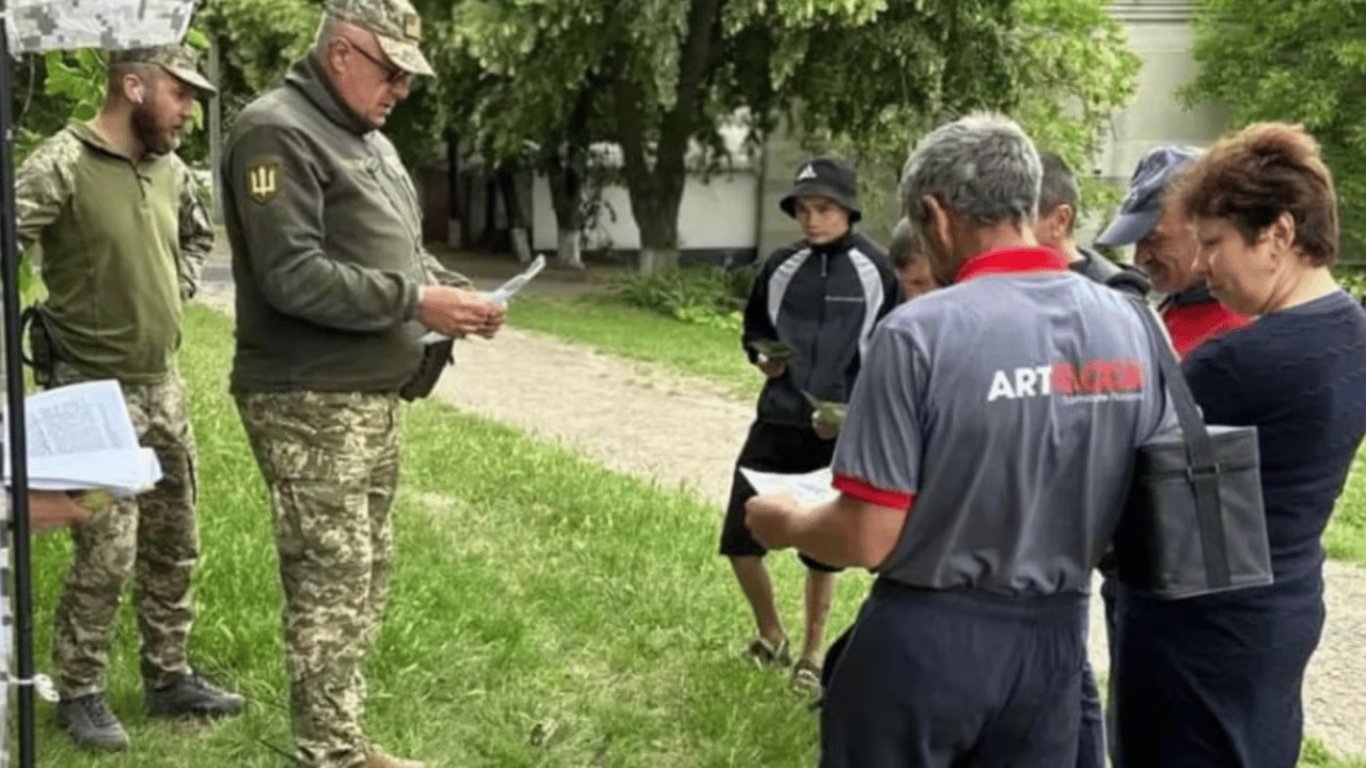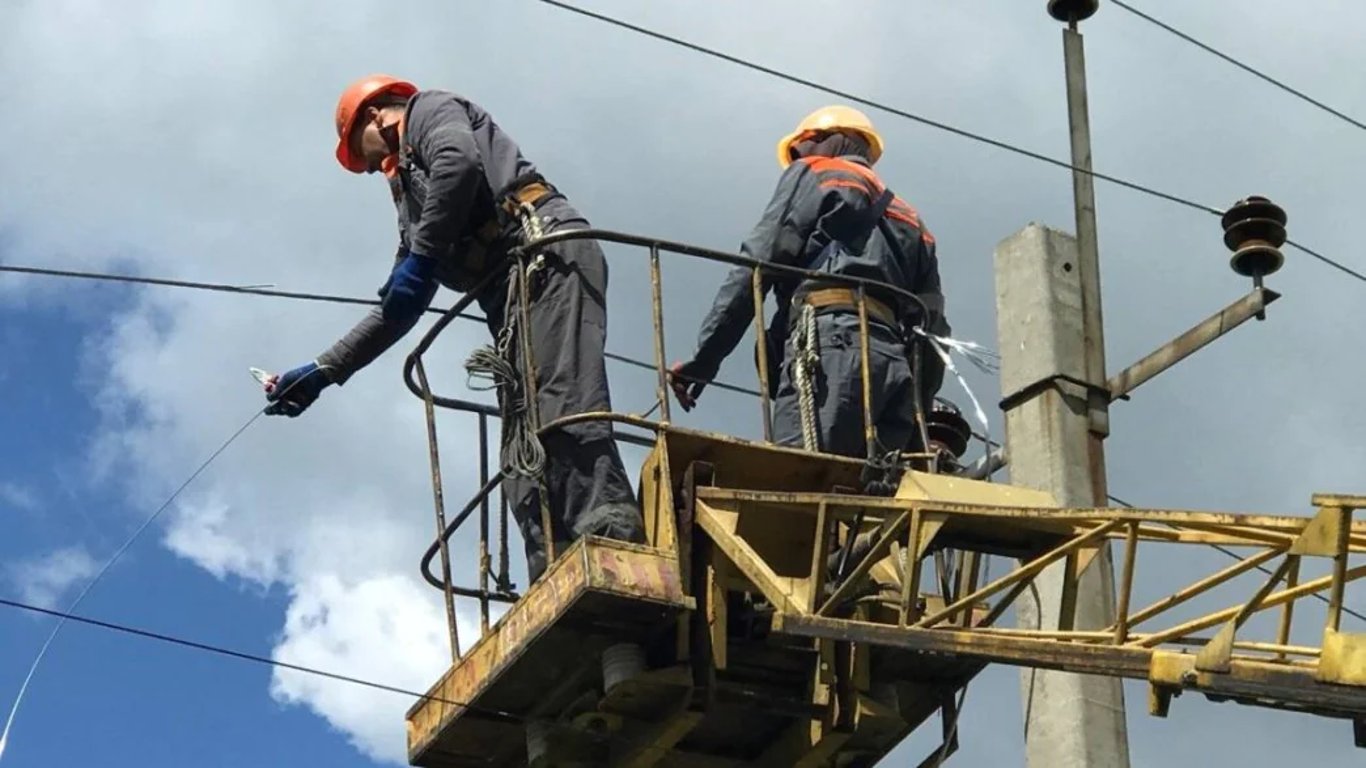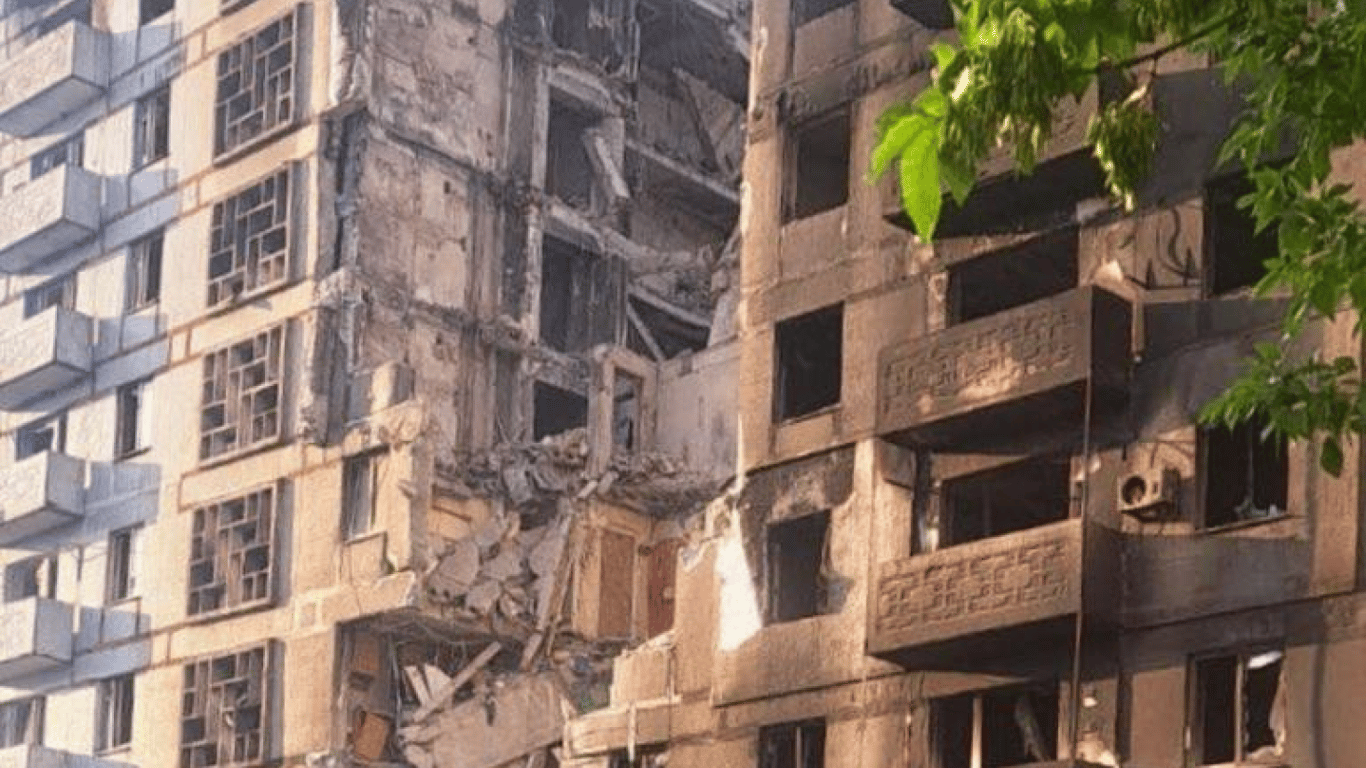Law enforcement revealed how many soldiers returned to service after unauthorized absence.

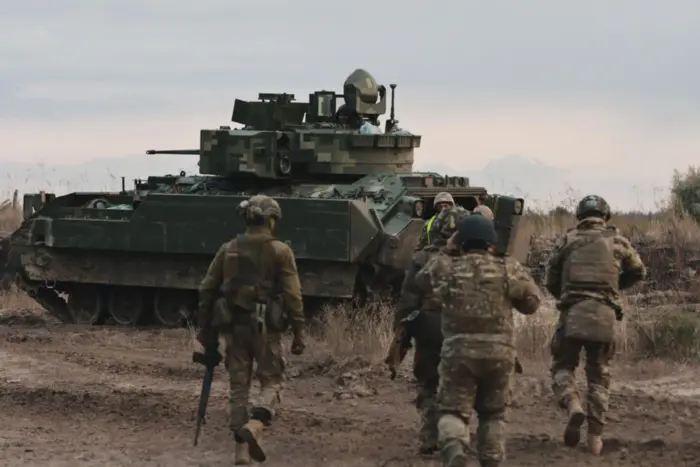
Fresh data from the State Bureau of Investigation shows that nearly 21,100 fighters have returned to service following unauthorized absence from military units over the last three months - from November 2024 to March 2025. The majority of servicemen returned to the Armed Forces of Ukraine, the National Guard, and the State Border Guard Service. The term for exemption from responsibility for those who voluntarily returned has already expired. After returning to service, soldiers were required to submit a report on resuming service, which activated a clear algorithm of actions, such as document preparation and payment restoration. Servicemen who have unlawfully left their unit after March 1, 2025, are also required to return to service, but the mechanism for their legalization will differ slightly.
According to the 'Army+' app, over the past week, more than 300 servicemen submitted reports on returning to the army after unauthorized absence. It is worth noting that the majority of cases of unauthorized absence occurred not at the front but in training centers, while such cases were less common in combat units.
Law on voluntary return to service
Law No. 12095, which was adopted by the Verkhovna Rada, pertains to the voluntary return to service of individuals who have previously unlawfully left military units or deserted. During the period of martial law, servicemen who voluntarily return to their places of service and express their readiness to continue military service may continue service under contract.
Read also
- Water Outage in Odesa — Where to Find Hydrants
- The TCC employee beaten — a mobilized man died in Kyiv region
- A powerful explosion echoed in Nizhyn — what we know
- Large-scale power outage in Odesa - who will be affected
- The coach of Povetkin who died fighting against Ukraine — what is known
- Russia attacked the Zaporizhia region - a man died, fires occurred
